Introduction
Drones are rapidly proliferating around the globe. Not only has the commercial market for drones dramatically expanded, but arms transfers of unarmed and armed drones between states are also steadily rising.1 The United States and its allies must consider how the widespread availability of drones will change conflict, particularly in ambiguous engagements that remain below the threshold of conventional war. They also must anticipate how actors will use drones and how others will respond to those uses.
 In October 2015, the Center for a New American Security held a two-day wargame entitled Game of Drones at the National Defense University to explore the implications of a world of proliferated drones.2 The wargame brought together a diverse group of experts from the U.S. and allied militaries, academia, think tanks, media, and international organizations. Participants represented a range of actors, from major nation-states to non-state groups, across a dozen multi-turn scenarios.
In October 2015, the Center for a New American Security held a two-day wargame entitled Game of Drones at the National Defense University to explore the implications of a world of proliferated drones.2 The wargame brought together a diverse group of experts from the U.S. and allied militaries, academia, think tanks, media, and international organizations. Participants represented a range of actors, from major nation-states to non-state groups, across a dozen multi-turn scenarios.
The wargame found that although existing drone technology is relatively simple, the availability of drones can have important tactical, strategic, and political implications across the spectrum of conflict. Drones increase the options available to state and non-state actors to apply military force where they might not have had the resources or will to act without access to uninhabited (“unmanned”) technology. This increased optionality is particularly impactful in so-called “hybrid” and “gray zone” conflicts, the types of ambiguous interactions short of full-scale war that are typical in today’s security environment.
Already, more than 90 countries and non-state actors operate drones.3 The use of drones by increasing numbers of states and non-state actors will have a growing impact on strategy and policy as they expand and complicate the spectrum of conflict. The optionality provided by drones has started to change behavior within the international system with initial, observed effects on crisis stability, escalation dynamics, and norms regarding sovereignty violation.4
Furthermore, the sophistication of uninhabited aircraft and the number of countries employing them is likely only to increase as the commercial market for drones expands, states build more robust indigenous industries, and technology advances. More operators of more capable and, increasingly, weaponized drones will heighten the ambiguity that already characterizes drone use and increase the severity of consequences from misinterpretation and miscalculation.5
Limiting the spread of this technology is neither practical nor probable with the growth of commercial drones, international sales by drones exporters such as Israel, China, and even the United States, and increases in indigenous production.6 Given these conditions, understanding how various actors will choose to employ drones and respond to their use is a critical step in preparing for the challenges of a drone-saturated world. Considering how to adapt strategically and politically to this new reality early on will mitigate the dangers of decisionmaking in the midst of crises and create an opportunity to shape the long-term evolution of drone use.



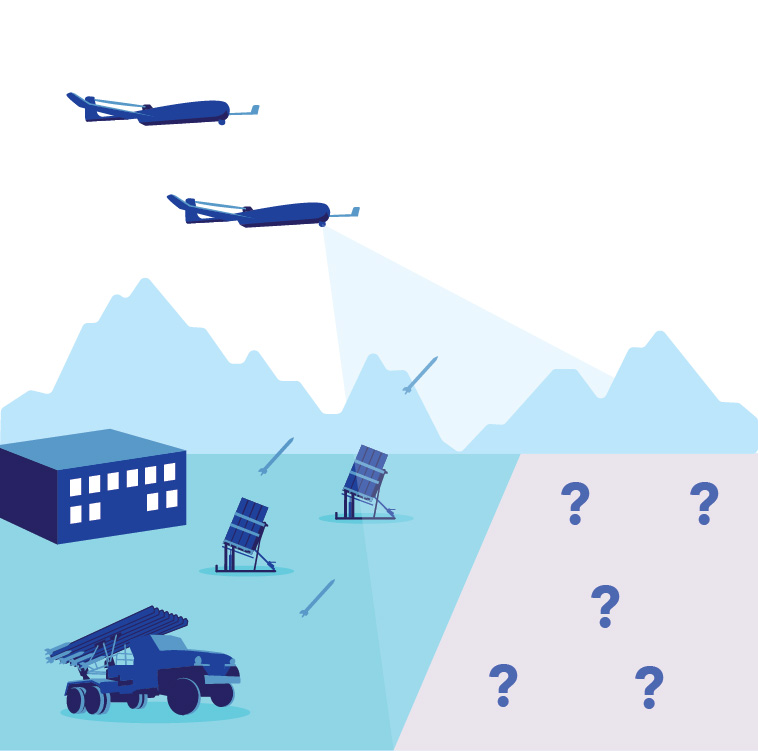
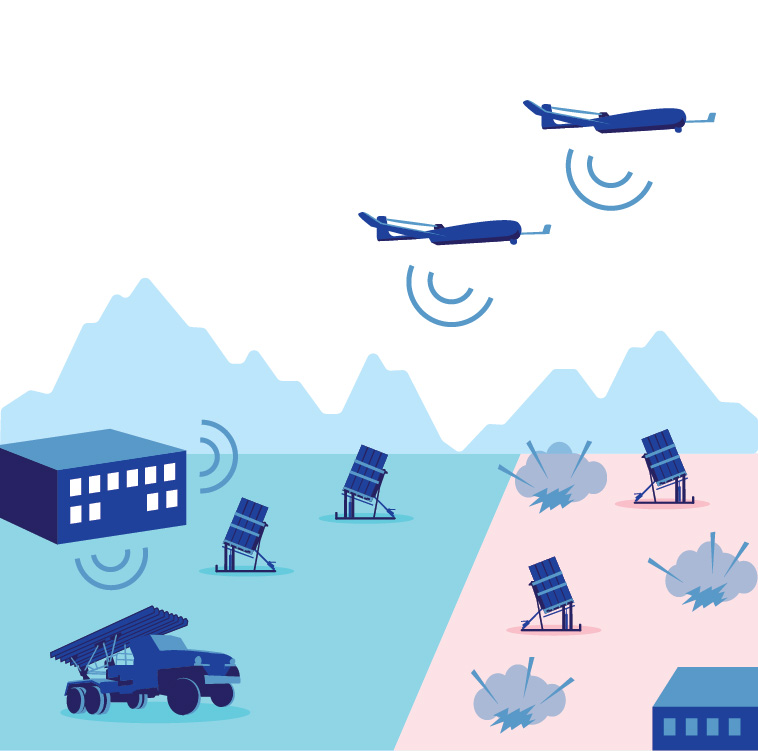
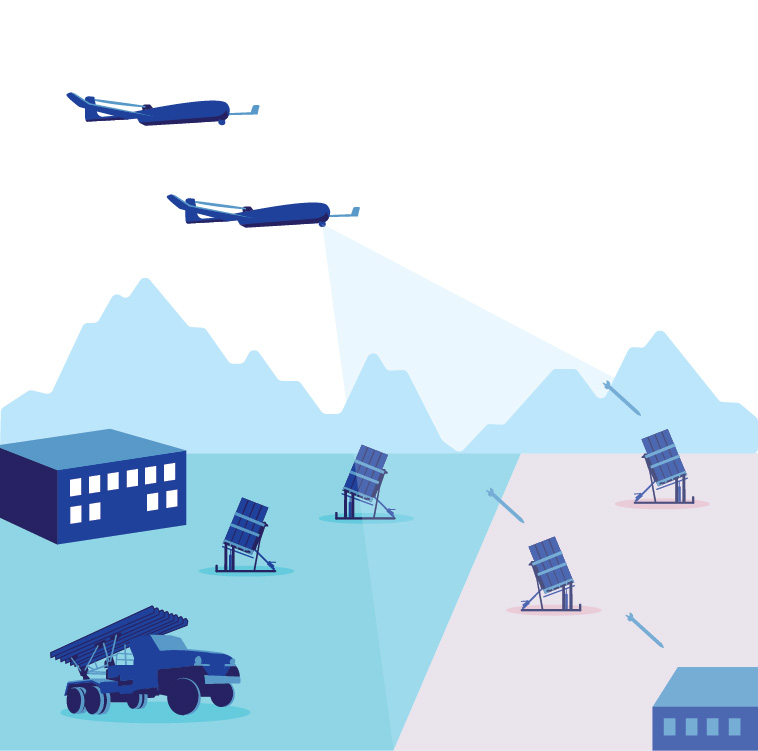

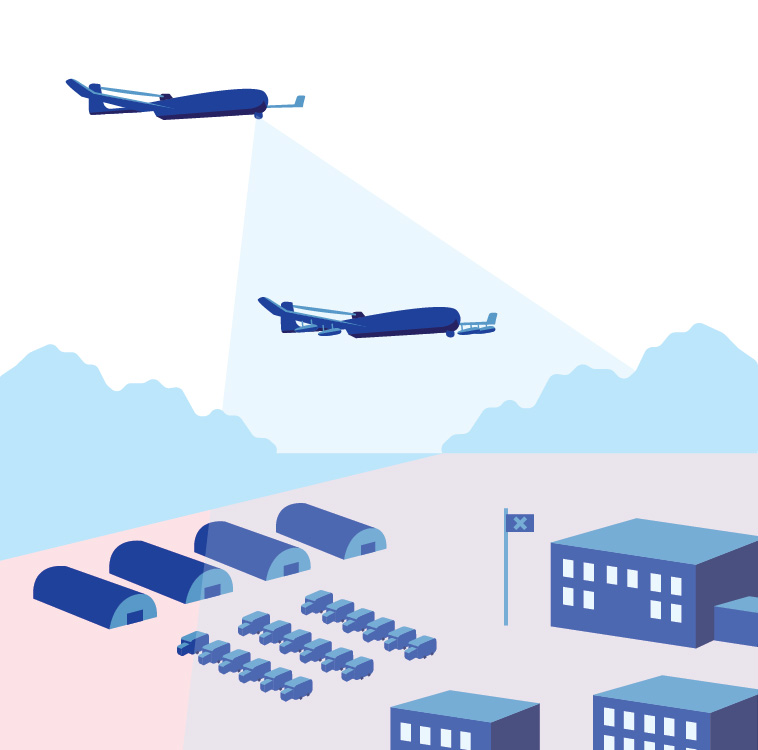
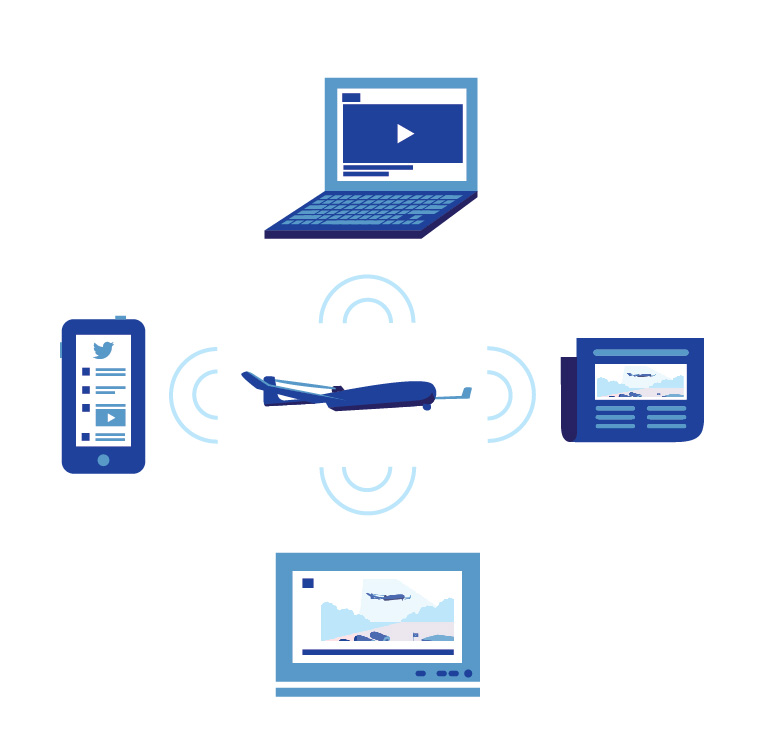
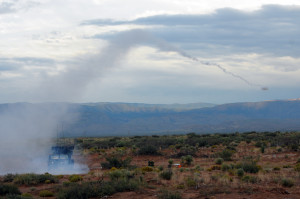 Responding to and countering the use of drones. As states and non-state actors evaluated when and how to employ drones, they also considered how to respond to and counter others’ use of them. The breadth of use cases demanded that participants consider a variety of options for responding to and countering drones. Actors chose to ignore, escort, or shoot down drones – traditional response options for human-inhabited aircraft – or they chose to employ tools of electronic warfare, such as jamming, or exploited drones’ cyber vulnerabilities. Notably, the non-state actor team had the most limited resources available to respond to or counter drone use and most often had to change their behavior in order to avoid persistent surveillance or strikes from drones.
Responding to and countering the use of drones. As states and non-state actors evaluated when and how to employ drones, they also considered how to respond to and counter others’ use of them. The breadth of use cases demanded that participants consider a variety of options for responding to and countering drones. Actors chose to ignore, escort, or shoot down drones – traditional response options for human-inhabited aircraft – or they chose to employ tools of electronic warfare, such as jamming, or exploited drones’ cyber vulnerabilities. Notably, the non-state actor team had the most limited resources available to respond to or counter drone use and most often had to change their behavior in order to avoid persistent surveillance or strikes from drones.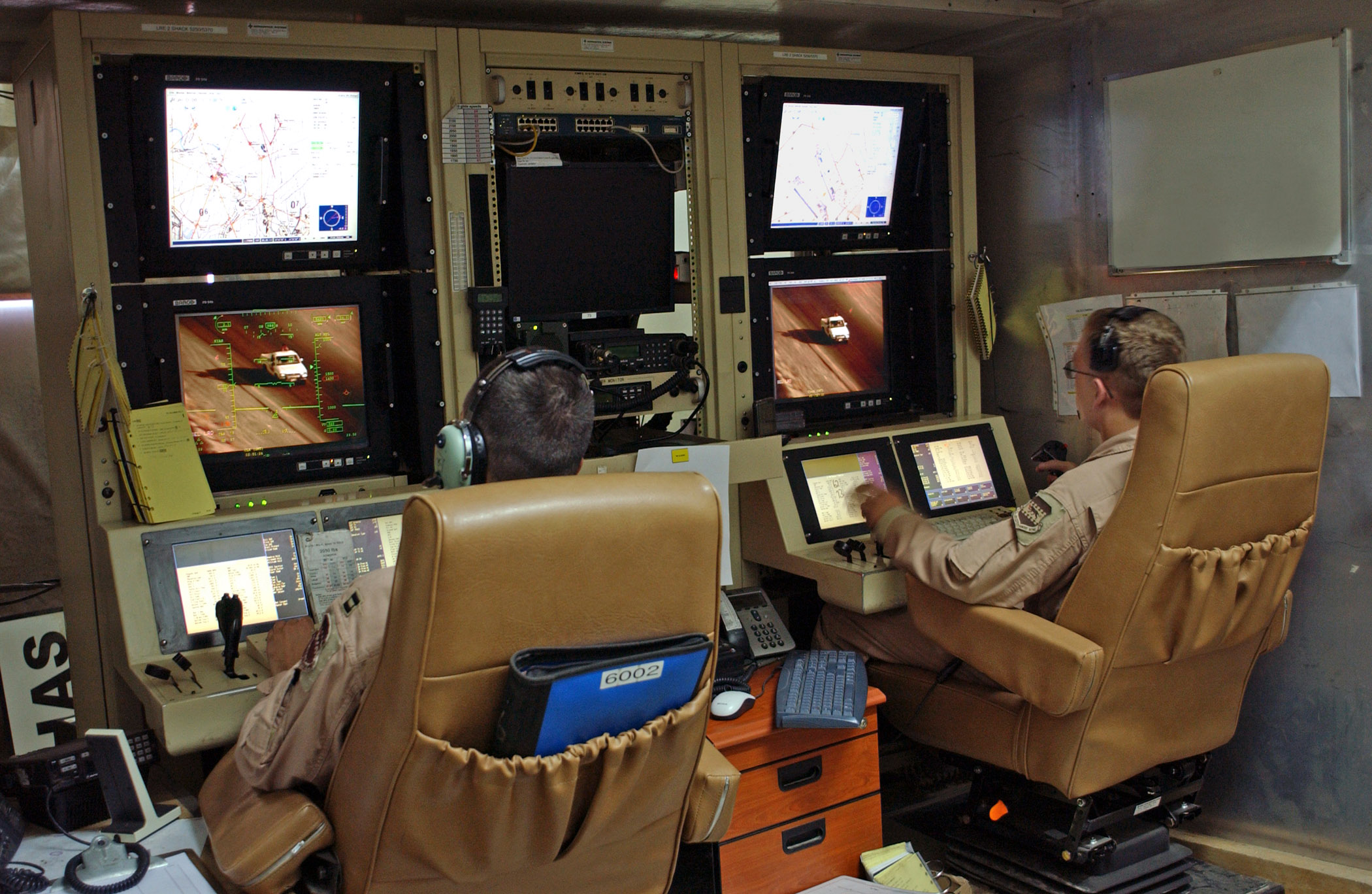 First, actors can use drones without risking the life of a pilot. This opens up more potential uses for drones. Actors are more likely to employ them in situations where they are at greater risk of being shot down, which might include situations where previously they would not have taken any action. Actors might even try to provoke others to shoot down their drones to paint their adversary as an aggressor.
First, actors can use drones without risking the life of a pilot. This opens up more potential uses for drones. Actors are more likely to employ them in situations where they are at greater risk of being shot down, which might include situations where previously they would not have taken any action. Actors might even try to provoke others to shoot down their drones to paint their adversary as an aggressor.